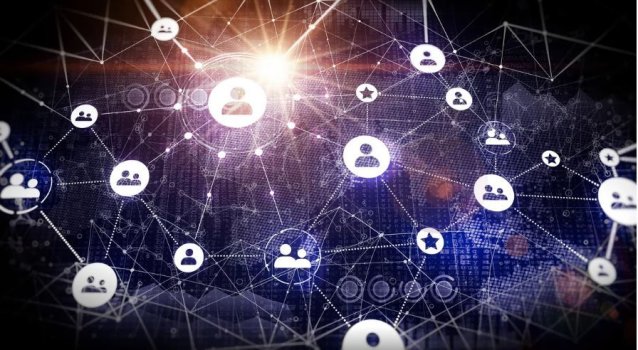How Web3 is driving new relationships with your customers
- Technology Solutions
- 0 Replies
In late September 2022, Crypto Punk #2924 sold for nearly $4.5 million. While inflated sales like this make headlines and focus the conversation on overpriced JPEGs, the big impact of NFTs and Web3 is often overlooked. Web3 is not just a new technology, it is an evolution of how brands and consumers interact.
We get lost in the dollar signs too much, which distract us from what is really going on.
A radical technological shift (the mainstream adoption of blockchain technology) meets a cultural shift (the extremely online nature of everything around us), to create newly empowered consumers -- an inflection point that will significantly alter the relationships between people and brands.
This isn't the first time we've seen such a change play out; it's a cycle as old as the internet itself. The information superhighway gave consumers unprecedented access to information, shifting power away from brands to consumers. No longer did they rely on brand packaging as the only source of information.
Now, they had infinite access to it, and with it their decision-making processes changed, meaning brands had to adapt as a result.
Web2 gave us mobile and social, and consumers gained even more power. They became the media and could tell the world what they thought of your product, enshrining that information in ratings and reviews for others to find. As a result of these tech-fueled changes, brands now focus heavily on digital marketing, social media, and influencer marketing, and see customers as more than just consumers.
Now, Web3 is enabling the next evolution of the empowered consumer, forcing brands to readjust their relationship with them once again. This evolution, and its implications, are highlighted in a new report from Media.Monks and Salesforce that looks at the future of customer engagement.
Continue reading: https://www.zdnet.com/finance/blockchain/how-web3-is-driving-new-relationships-with-your-customers/
We get lost in the dollar signs too much, which distract us from what is really going on.
A radical technological shift (the mainstream adoption of blockchain technology) meets a cultural shift (the extremely online nature of everything around us), to create newly empowered consumers -- an inflection point that will significantly alter the relationships between people and brands.
This isn't the first time we've seen such a change play out; it's a cycle as old as the internet itself. The information superhighway gave consumers unprecedented access to information, shifting power away from brands to consumers. No longer did they rely on brand packaging as the only source of information.
Now, they had infinite access to it, and with it their decision-making processes changed, meaning brands had to adapt as a result.
Web2 gave us mobile and social, and consumers gained even more power. They became the media and could tell the world what they thought of your product, enshrining that information in ratings and reviews for others to find. As a result of these tech-fueled changes, brands now focus heavily on digital marketing, social media, and influencer marketing, and see customers as more than just consumers.
Now, Web3 is enabling the next evolution of the empowered consumer, forcing brands to readjust their relationship with them once again. This evolution, and its implications, are highlighted in a new report from Media.Monks and Salesforce that looks at the future of customer engagement.
Continue reading: https://www.zdnet.com/finance/blockchain/how-web3-is-driving-new-relationships-with-your-customers/























